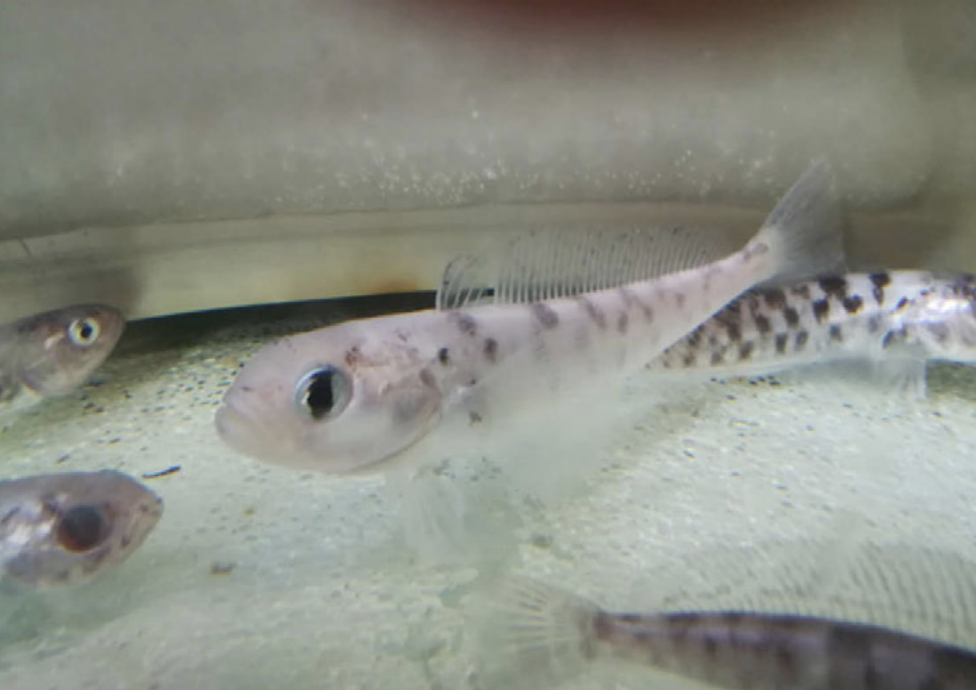Edmonson Point
Type of resources
Topics
INSPIRE themes
Keywords
Contact for the resource
Provided by
Years
Formats
Representation types
Update frequencies
status
Scale
-

Trophic interactions underlie coexistence mechanisms between species, define the functional role of specie within communities, affect biodiversity and bioaccumulation processes of heavy metal. Sea-ice dynamics, which at Terra Nova Bay is characterized by an extraordinary seasonality, drives interspecific interactions and the exchange of materials between ecosystem compartments. Indeed, the activation of the primary production after sea-ice break up opens alternative trophic pathways for consumers. The “next generation SRPs” represent a highly appropriate framework for the present project which follows the results obtained with the previous project ISOBIOTOX (PNRA 2013) and aims at (i) determine topological and functional metrics of sympagic and pelagic food webs at Terra Nova Bay under different conditions of sea-ice coverage along a distance gradient from the nearest open water polynya to areas were the seasonal sea-ice coverage persists longer; (ii) evaluate bioaccumulation and biomagnification of heavy metals in trophic sources at the base of the food web and in target species along food chains, including fishes of commercial interests and top predators, both in the presence and absence of sympagic and pelagic primary producers. High resolution food webs will be reconstructed by means of the simultaneous elemental and isotopic analysis of different elements (C and N) and the bioaccumulation of pollutants. The research program integrates complementary research approaches: (a) Elemental analysis coupled with mass spectrometry for stable isotope analysis (δ13C, δ15N) in animal and vegetal tissues and dead organic matter, (b)analyses of heavy metals accumulation (Chromatography) in the constituent species of the Antarctic food web.
-

Trophic interactions underlie coexistence mechanisms between species and affect biodiversity and heavy metal bioaccumulation processes. Sea ice dynamics, which at Terra Nova Bay is characterized by an extraordinary seasonality, drives interspecific interactions. Indeed, the activation of the primary production after sea-ice break up opens alternative trophic pathways for consumers. By means of C and N stable isotope analyses, the present project aims at (i) determining food web structure at Terra Nova Bay at different bathymetries and in opposite sea-ice cover conditions; (ii) evaluating heavy metal bioaccumulation in species along food chains, including fish of commercial interests, both in the presence and absence of photosynthetic primary producers. The hypothesis to be tested is if the activation of primary producers following sea-ice break up significantly modifies the food web structure and stability against species loss, as well as heavy metals concentration along food chains. Data on Antarctic food webs are scarce, and even scarcer is our knowledge on mechanisms of primary and secondary biodiversity loss and biomagnification processes in invertebrates and fish. The present research project will shed light on mechanisms underlying biodiversity maintenance in the Antarctic ecosystem and on risks for human health related to heavy metals accumulation in fish species currently or potentially exploited commercially, also in light of expected changes in the extension of sea ice cover. A valuable reference baseline will be established for future studies at the Italian Antarctic Station and for the Marine Protected Area in the Ross Sea.